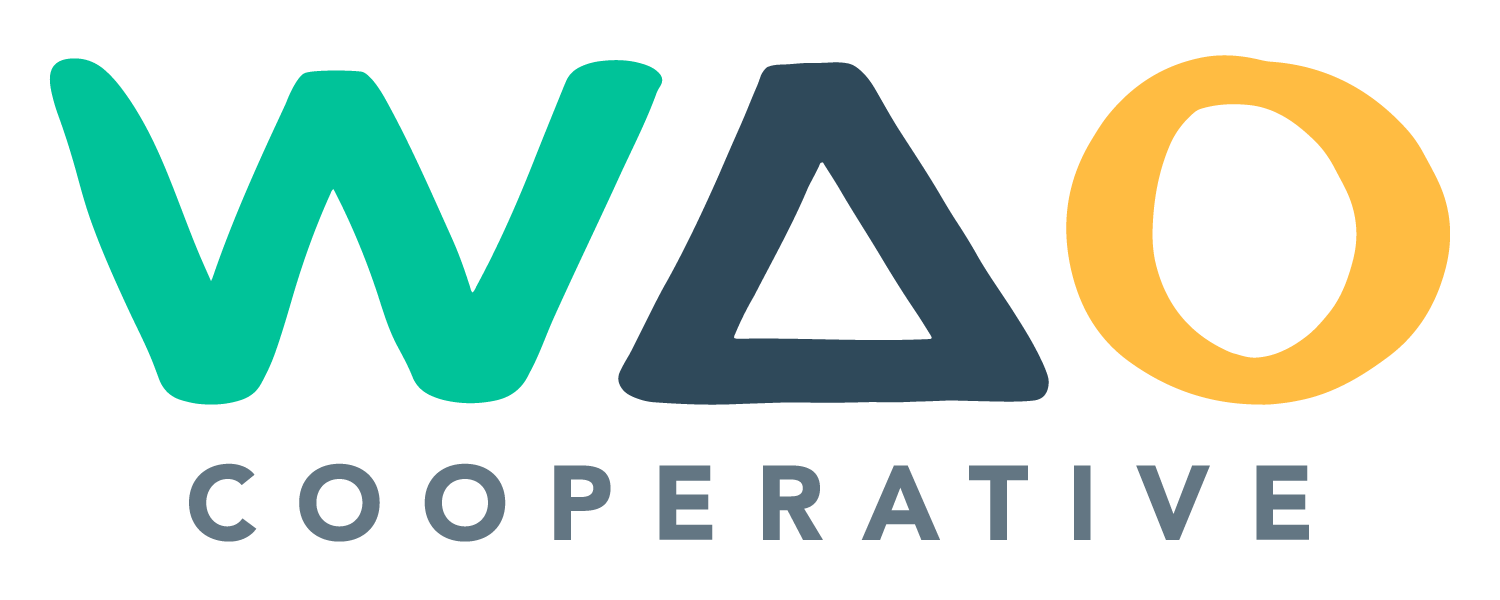
This is the second in a series of blog posts draws on the insights from a report authored by We Are Open Co-op (WAO) for the Irish National Digital Leadership Network (NDLN) which explores the historical roots of credentialing, the emergence of microcredentials, and the opportunities they present for reshaping education and professional development.
As we mentioned in the first post in this series, our guiding concept is Open Recognition, which we believe to be at the heart of all valuable microcredentialing initiatives.
- Part 1 — Introduction and Context
- Part 2 — The Evolution of Credentialing (this post)
- Part 3 — Demystifying Microcredentials
- Part 4 — Trends Shaping the Future of Microcredentials
- Part 5 — The Role of Technology in Microcredentialing
- Part 6 — Challenges and Risks in Microcredentialing
- Part 7 — A Vision for the Future of Microcredentials
From Ancient Systems to Professionalisation
Credentialing has a long history, evolving alongside societal changes to meet the growing need to recognise skills and learning. In Ancient Egypt, training systems validated authority and expertise, while over a thousand years ago, China’s imperial examination system was testing candidates. These systems laid the foundation for linking recognised skills to societal roles.
During the Middle Ages, guilds established structured systems to train and certify artisans. Apprenticeships emphasised hands-on learning and formal recognition, ensuring tradespeople demonstrated their competence before advancing. This model prioritised practical application, reflecting the needs of a skills-driven society.
The 19th century brought significant changes as industrialisation created demand for standardised education and professional qualifications. Universities and professional bodies formalised credentials, with degrees and certifications becoming essential markers of expertise in fields such as medicine, law, and engineering. These qualifications were designed to meet the need for consistent standards in rapidly expanding industries.
Lifelong Learning and the Emergence of Microcredentials
The 20th century saw a shift towards ongoing professional development, driven by rapid technological advances and changing workforce demands. Short courses and certifications became more prominent, offering flexible ways for individuals to update their skills. However, these credentials often lacked portability and alignment with broader qualifications, which limited their value.
Microcredentials build on this history, addressing gaps left by traditional systems. They are designed to be modular, stackable, and skills-focused, making them well-suited to today’s fast-changing educational and employment landscapes. Unlike short courses, microcredentials are typically standards-based, ensuring that they are both portable and meaningful across different contexts.
Aligning Microcredentials with Open Recognition
The principle of Open Recognition underpins the design of microcredentials, moving beyond formal qualifications to value diverse forms of learning.
“Open Recognition is the awareness and appreciation of talents, skills and aspirations in ways that go beyond credentialing. This includes recognising the rights of individuals, communities, and territories to apply their own labels and definitions. Their frameworks may be emergent and/or implicit.” (What is Open Recognition, anyway?)
This approach acknowledges informal, experiential, and community-based achievements, creating opportunities for broader inclusion.
For example:
- Universities — Recognising learning outside the classroom, such as internships or co-curricular activities.
- NGOs — Validating the skills of volunteers and community workers through accessible, evidence-based credentials.
- Co-ops — Highlighting the informal knowledge gained by members, promoting collaboration and shared expertise.
- Charities — Celebrating the contributions of volunteers and staff, offering evidence-based recognition for their skills and efforts.
- Businesses — Demonstrating workforce adaptability by using microcredentials to validate and showcase employee skills, supporting professional growth and development.
The evolution of credentialing reflects an ongoing effort to address societal needs. Microcredentials represent the next stage, offering a flexible and inclusive way to recognise skills in diverse contexts. By integrating principles of Open Recognition, they have the potential to transform how learning is valued and applied across all sectors.
Looking Ahead
In the next post, we’ll help demystify microcredentials by addressing common misconceptions and exploring their potential to meet diverse needs. We’ll provide practical examples of how microcredentials can be implemented effectively in a variety of sectors.

Discussion